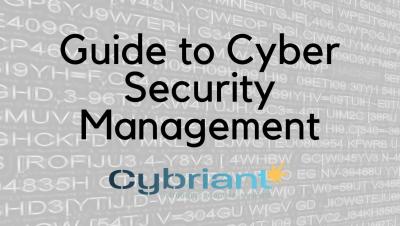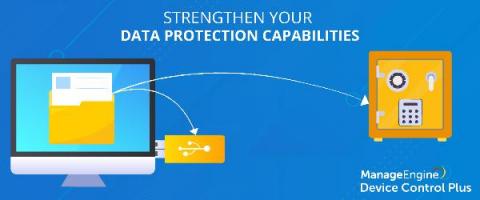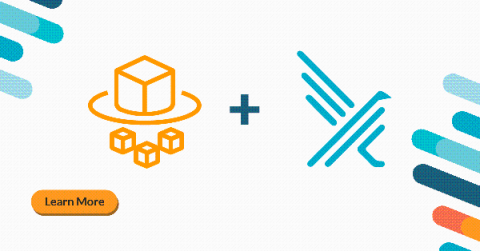How to Conduct a Vulnerability Assessment
A vulnerability assessment or vulnerability analysis is the process of identifying the security vulnerabilities in your network, systems, and hardware and taking steps to fix those security vulnerabilities. A vulnerability assessment can provide information that your IT and security teams can use to improve your company’s threat mitigation and prevention processes.










